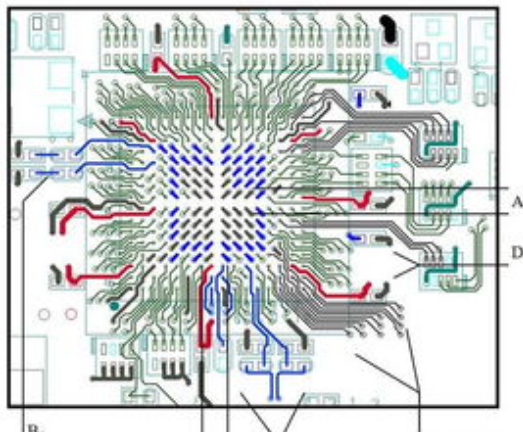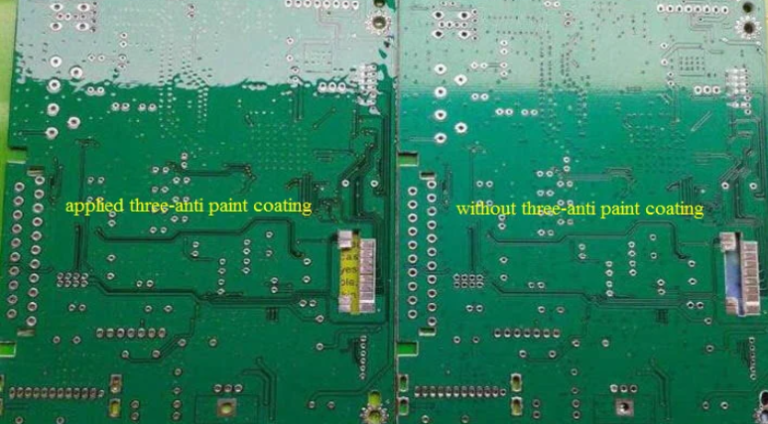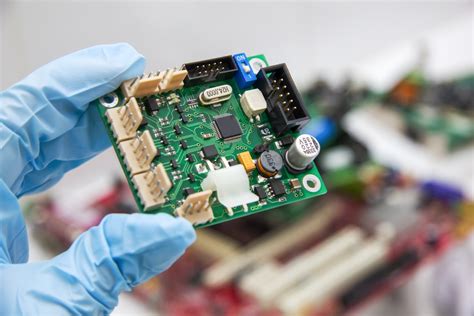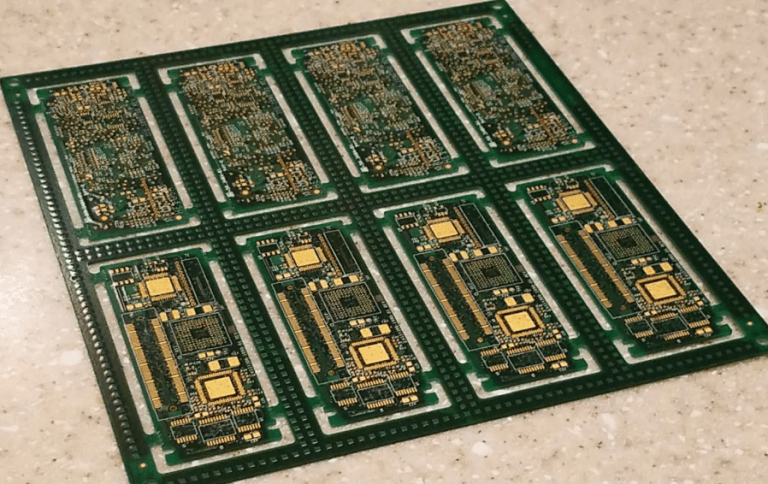PCB Winding Structure Design of Planar Transformers
Abstract
Planar transformers have gained significant attention in power electronics due to their low profile, high power density, and excellent thermal performance. The design of the printed circuit board (PCB) winding structure plays a crucial role in determining the efficiency, parasitic parameters, and thermal characteristics of planar transformers. This paper discusses key considerations in PCB winding design, including trace layout, layer arrangement, current distribution, and loss minimization techniques. Various winding configurations, such as spiral, meander, and interleaved structures, are analyzed in terms of their impact on leakage inductance, AC resistance, and electromagnetic compatibility (EMC). Practical design guidelines and optimization methods are provided to enhance the performance of planar transformers in high-frequency applications.

1. Introduction
Planar transformers utilize PCB traces instead of traditional copper wires for winding construction, offering advantages such as repeatable manufacturing, precise control over parasitic elements, and better heat dissipation. The PCB winding structure significantly influences the transformer’s electrical performance, including winding resistance, leakage inductance, and interwinding capacitance.
This paper explores different PCB winding topologies and their effects on transformer characteristics. The design trade-offs between winding resistance, core losses, and thermal management are analyzed, along with techniques to improve efficiency in high-frequency power conversion systems.
2. PCB Winding Configurations
2.1 Spiral Winding
Spiral windings are commonly used in planar transformers due to their simple layout and ease of fabrication. The winding is formed by concentric turns on one or multiple PCB layers, connected through vias.
Advantages:
- Low DC resistance due to wide trace widths
- Simple manufacturing process
- Suitable for high-current applications
Disadvantages:
- Higher AC resistance at high frequencies due to skin and proximity effects
- Increased leakage inductance compared to interleaved designs
2.2 Meander Winding
Meander windings consist of zigzag traces that maximize conductor length within a given area. This structure is useful for achieving high turn counts in limited space.
Advantages:
- High inductance density
- Compact layout
Disadvantages:
- Uneven current distribution leading to higher AC losses
- Increased parasitic capacitance
2.3 Interleaved Winding
Interleaved structures alternate primary and secondary windings to improve coupling and reduce leakage inductance.
Advantages:
- Reduced leakage inductance
- Better magnetic coupling
- Lower AC resistance due to current balancing
Disadvantages:
- More complex PCB layout
- Higher interwinding capacitance
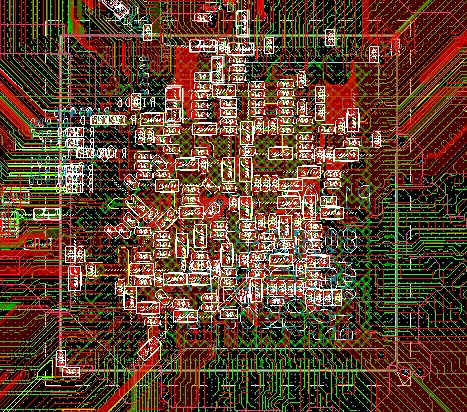
3. Key Design Considerations
3.1 Trace Width and Thickness
The width and thickness of PCB traces directly impact DC resistance and current-carrying capacity. Wider traces reduce resistance but may increase parasitic capacitance.
3.2 Layer Stackup
Multilayer PCBs allow for distributed windings, reducing AC resistance by mitigating skin effect. A symmetrical layer arrangement helps balance current distribution.
3.3 Via Placement
Vias introduce additional resistance and inductance. Proper via placement and sizing are essential to minimize losses, especially in high-current paths.
3.4 Thermal Management
Copper traces generate heat due to resistive losses. Thermal vias and exposed copper pads enhance heat dissipation, improving reliability.
4. Loss Mechanisms and Mitigation
4.1 Skin Effect
At high frequencies, current crowds near the conductor surface, increasing AC resistance. Using multiple thin layers or litz-like PCB structures can mitigate this effect.
4.2 Proximity Effect
Adjacent traces carrying alternating currents induce eddy currents, increasing losses. Interleaving and optimized spacing help reduce proximity effects.
4.3 Core Losses
While not directly related to PCB windings, core losses are influenced by winding geometry. Proper winding distribution minimizes flux imbalance in the core.

5. Advanced Techniques
5.1 Embedded Magnetics
Integrating planar transformers into multilayer PCBs with embedded cores reduces size and improves thermal performance.
5.2 3D Printed Windings
Additive manufacturing enables complex 3D winding structures that optimize magnetic coupling and reduce losses.
5.3 AI-Assisted Optimization
Machine learning algorithms can automate winding design by analyzing trade-offs between resistance, inductance, and capacitance.
6. Conclusion
The PCB winding structure is a critical factor in planar transformer performance. Designers must carefully balance electrical, thermal, and manufacturing constraints to achieve optimal efficiency. Future advancements in materials and fabrication techniques will further enhance the capabilities of planar transformers in high-frequency power applications.

